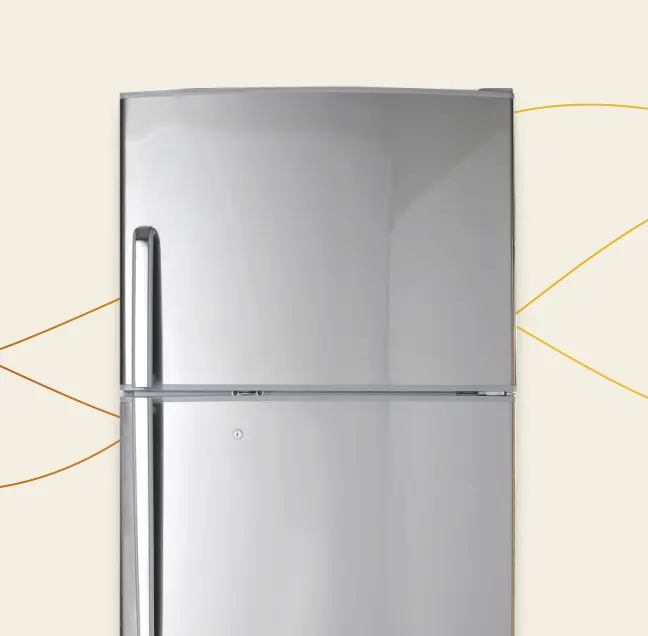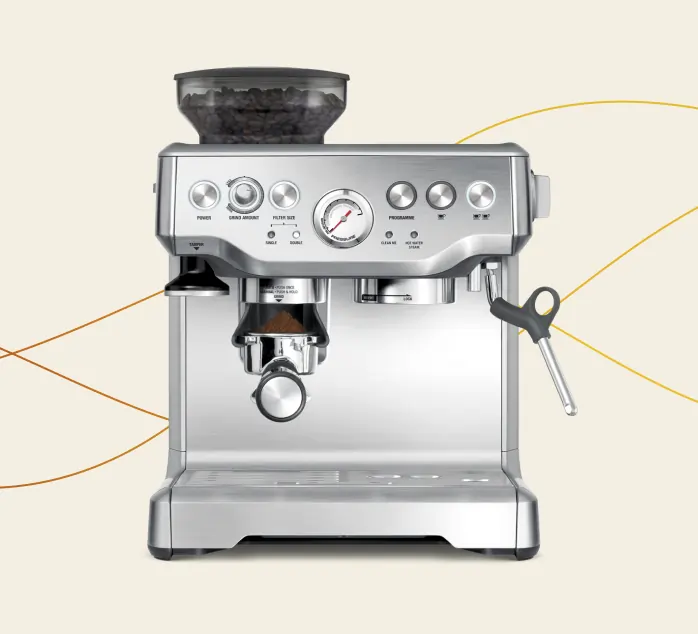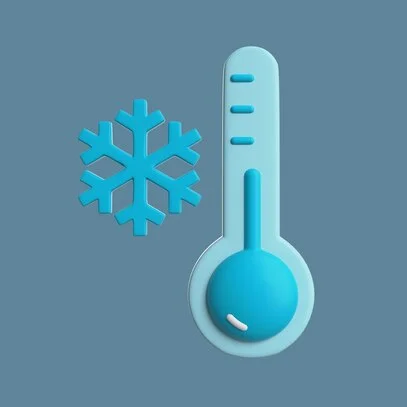Welcome to the realm where the science of refrigeration transforms our everyday lives. In this article, we delve deep into how your fridge freezer works, unraveling the mysteries that keep your perishables at their prime. Join us on a journey through temperature modulation and preservation techniques, shedding light on the wonders within your kitchen appliance.
Indeed, the fridge freezer equipment is a complex system. And if something in this system goes wrong, only fridge freezer repairs can help. By the way, you can find this help easily on our marketplace of repair companies.
The Basics: How Your Fridge Freezer Keeps Things Frozen
Understanding the fundamental principles is key to comprehending the science of cooling. The full cycle employs a combination of compression, condensation, and evaporation processes. And at the heart of it is the refrigerant. To clarify, while circulating, it undergoes these transformations, absorbing and releasing heat. Taking together, all this helps to maintain the desired chilling temperature inside.
Compressor: the engine
The compressor acts as the engine of your fridge freezer, pumping the refrigerant through a closed system. This pressurisation is essential for the subsequent cooling stages.
Evaporator: heat absorption
The evaporator is a crucial component of the system and is located inside the unit. Its task is to absorb heat from the inside. The process here is as follows: as the liquid refrigerant evaporates, it draws warmth from the surroundings. So, the temperature lowers and if becomes cold inside the unit.
Condenser Coils: heat release
With condenser coils all the absorbed heat is expelled. Situated outside the unit, these coils facilitate the conversion of the refrigerant from gas to liquid. That is to say, during such transformation, heat is getting released.
Temperature Control
Fridge freezers are equipped with precision temperature control mechanisms. Here, sensors and regulators work in tandem to maintain an optimal environment for food storage. To clarify, temperature sensors regulate the compressor cycle to maintain a consistent internal temperature.
Insulation
Both fridges and freezers are designed with insulation to minimise heat exchange with the external environment. This helps in conserving energy and maintaining a stable internal temperature. Besides, insulation is designed to lower the noise a compressor creates (though modern compressors are designed to produce minimal noise output).
Conclusion
In summary, the science of cooling in a fridge freezer involves a cyclic process of compressing and expanding a refrigerant gas to absorb and release heat. This mechanism allows the appliance to maintain a cold environment inside, preserving food and extending its shelf life. The efficiency of the system is influenced by factors like insulation and proper sealing, all of which contribute to the overall performance of the refrigerator.


